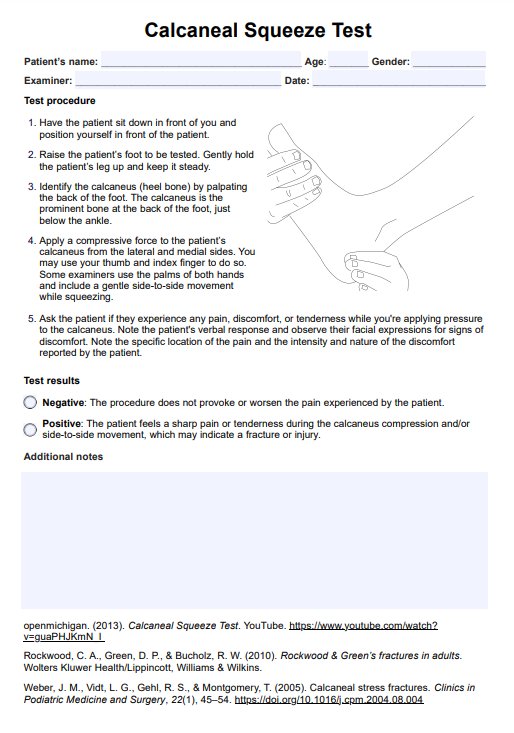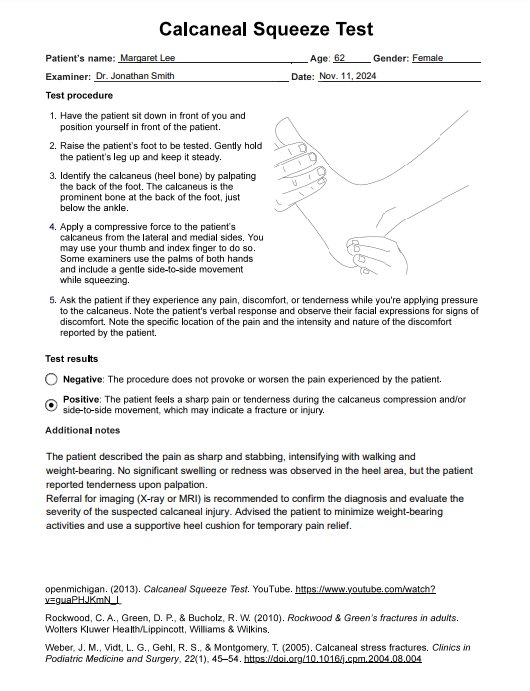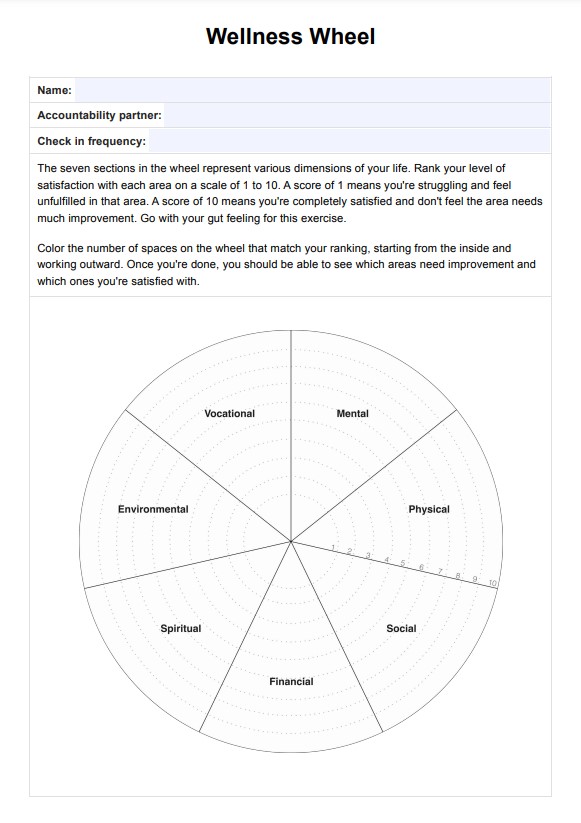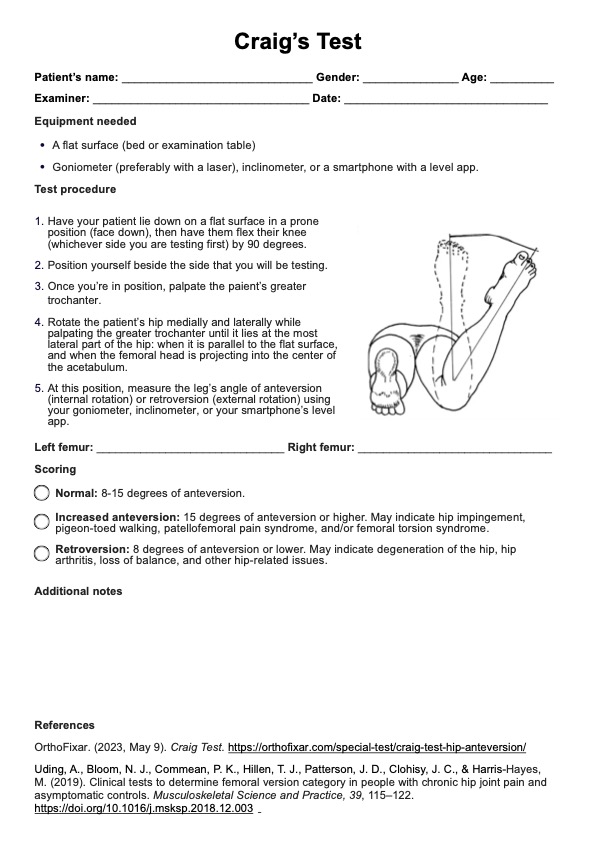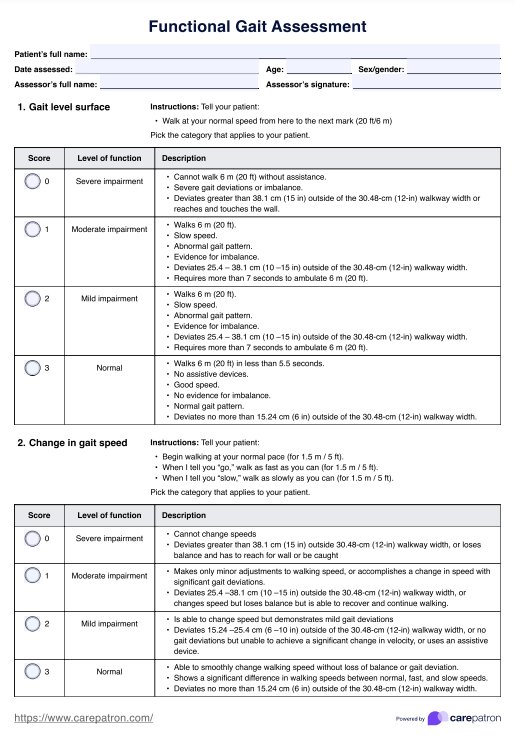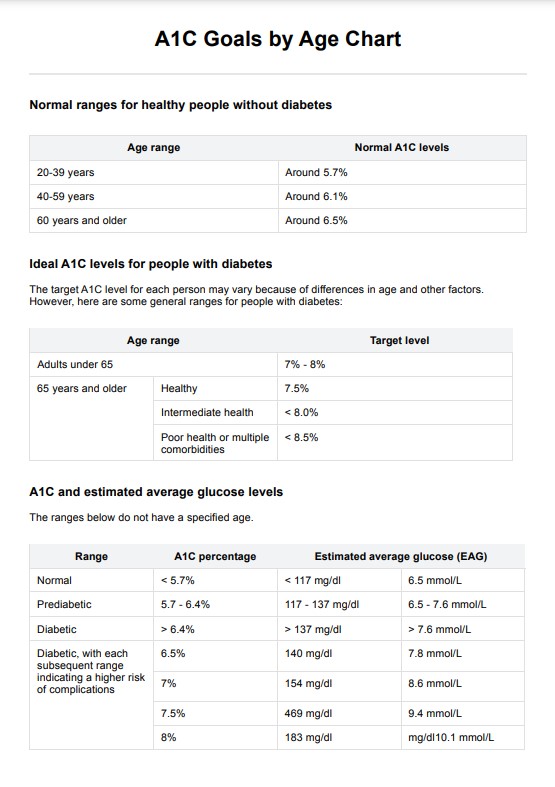Calcaneal Squeeze Test
Determine whether your patient's heel pain is caused by a stress fracture. Use our free Calcaneal Squeeze Test template for easy and consistent testing.


The heel and its functions: An overview
The heel, located at the back of the foot, plays a vital role in supporting over 60% of body weight and mitigating the impact of movement. Composed of a complex system of interconnected bones, muscles, tendons, and ligaments, it works harmoniously to ensure stability and mobility.
One of the heel's essential functions is maintaining balance while standing or walking. Its unique shape and structure allow it to act as a remarkable shock absorber, shielding the foot and surrounding structures from impact forces.
The heel also contributes to propulsion, facilitating the push-off motion necessary for running or jumping. It serves as a lever, transferring energy from the calf muscles to the toes, and helps in forward movement.
When injured, the heel can significantly impact an individual's daily activities and overall quality of life. As such, it is crucial to conduct thorough assessments to diagnose potential issues.
Calcaneal Squeeze Test Template
Calcaneal Squeeze Test Example
Common heel injuries
Some of the most frequently encountered heel injuries include the following:
- Calcaneal stress fractures: A stress fracture in the heel bone, also known as a calcaneal stress fracture, occurs when repeated pressure and impact on the area around the posterior facet of the subtalar joint causes tiny cracks in the bone. Athletes or individuals who engage in activities that strain their feet and ankles significantly are more prone to calcaneal fractures (Weber et al., 2005).
- Plantar fascia injuries: The plantar fascia is a thick, soft tissue band connecting the heel bone to the toes. It absorbs shock and supports the arch of the foot. Injuries to this structure, such as plantar fasciitis, can cause significant heel pain and discomfort (Mayo Clinic, n.d.).
- Sever's disease: This condition primarily affects children between the ages of 8 and 14 who are active in sports. It is caused by repetitive stress on the growth plate of the heel bone, leading to inflammation and pain (Better Health Channel, n.d.).
- Achilles tendonitis: This is caused by overuse or intense strain on the Achilles tendon, the large tendon connecting the calf muscles to the heel bone. Symptoms include pain, stiffness, and swelling at the back of the heel.
- Bursitis: Bursae are small fluid-filled sacs that cushion and lubricate joints. When the bursa at the back of the heel becomes inflamed, it can cause pain and swelling, a condition known as bursitis.
- Heel spurs: These bony growths on the underside of the heel bone can occur when the plantar fascia is excessively stretched or inflamed. Heel spurs can cause sharp pain, particularly when standing or walking.
- Tarsal tunnel syndrome: This condition occurs when the posterior tibial nerve, which runs along the inside of the ankle and foot, becomes compressed. It can cause a range of symptoms, including heel pain.
Using the Calcaneal Squeeze Test to assess heel pain
The Calcaneal Squeeze Test is a simple yet highly effective diagnostic tool used to assess heel pain, especially when there is a suspicion of stress fractures or other related injuries. It is also known as the calcaneal stress fracture squeeze test, the calcaneal compression test, or simply the heel squeeze test.
This test involves gently applying pressure and squeezing the back of the heel bone, known as the calcaneus, between the thumb and finger (Rockwood et al., 2010). If the patient experiences a sudden and sharp pain or tenderness upon performing the squeeze test, it may indicate the presence of a stress fracture or another type of injury that requires further evaluation and appropriate treatment.
How to use Carepatron's free Calcaneal Squeeze Test template
Our printable Calcaneal Squeeze Test template makes conducting the exam and jotting results easier. Follow these steps to get started:
Step 1: Get a copy of the template
Click " Use template " on the Carepatron app to open the Calcaneal Squeeze Test template for free. Click "Download " to get a ready-to-use copy. Both options can be filled out digitally or printed.
Step 2: Conduct the test
Fill in the patient's details and start the test. To perform the Calcaneal Squeeze Test correctly, follow the instructions provided on the template. Remember to apply gentle pressure and ask the patient for feedback throughout the test.
Step 3: Collect and analyze results
Based on the patient's response, mark down whether they experienced pain or tenderness during the test. You can also add comments or notes in the designated section. Review the results and compare them to known signs of calcaneal stress fractures or other injuries related to heel pain. If necessary, consult a doctor for further evaluation and diagnosis.
Step 4: Determine the appropriate treatment
If the patient shows positive signs of a calcaneal stress fracture or other injury, it is important to provide them with proper treatment and care. This may include rest, support devices, physical therapy, or medical intervention.
Other tests and evaluations for heel pain
The Calcaneal Squeeze Test is just one of the many tests that can be used to evaluate a patient's heel pain and cannot be used for other kinds of heel pain, such as lateral plantar nerve entrapment. In case the heel squeeze test proves insufficient, try other commonly used tests:
- X-rays: This imaging technique can help diagnose stress fractures or other bone-related injuries in the foot or ankle.
- Magnetic resonance imaging (MRI): This can provide detailed images of bones and soft tissues, making it helpful in diagnosing stress fractures or other injuries that may not be visible on X-rays.
- Gait analysis: This evaluates a patient's walking pattern and movement to determine if biomechanical issues contribute to their heel pain.
- Ultrasound: This imaging technique uses sound waves to create images of soft tissues and helps diagnose tendon tears or other soft tissue injuries.
- Other physical tests: You may try other tests, such as Tinel’s Tarsal Tunnel Test, the Windlass Test, the Single-Leg Heel Raise Test, and balance tests (such as the BESS test), for more insight into what may be causing heel pain.
- Blood tests: These can be used to rule out certain medical conditions that may cause heel pain, such as arthritis or gout.
References
Better Health Channel. (n.d.). Sever's disease. Victorian Government, Better Health Channel. https://www.betterhealth.vic.gov.au/health/conditionsandtreatments/severs-disease
Mayo Clinic (n.d.). Plantar fasciitis - Symptoms and causes. Mayo Clinic. https://www.mayoclinic.org/diseases-conditions/plantar-fasciitis/symptoms-causes/syc-20354846
Rockwood, C. A., Green, D. P., & Bucholz, R. W. (2010). Rockwood & Green’s fractures in adults. Wolters Kluwer Health/Lippincott, Williams & Wilkins.
Weber, J. M., Vidt, L. G., Gehl, R. S., & Montgomery, T. (2005). Calcaneal stress fractures. Clinics in Podiatric Medicine and Surgery, 22(1), 45–54. https://doi.org/10.1016/j.cpm.2004.08.004
Commonly asked questions
The special test commonly used to assess for a calcaneal fracture is the Calcaneal Squeeze Test, where gentle compressive force is applied to the sides of the heel to elicit any pain that may indicate a fracture or injury.
A positive Calcaneal Squeeze Test result, marked by intense pain during heel compression, may suggest the presence of a calcaneal stress fracture or other injury, indicating the need for further diagnostic evaluation.
Diagnosing a stress fracture typically involves a combination of physical examinations, such as the Calcaneal Squeeze Test, along with imaging tests like X-rays, MRI, or bone scans, which provide detailed views of bone integrity and any fractures.


